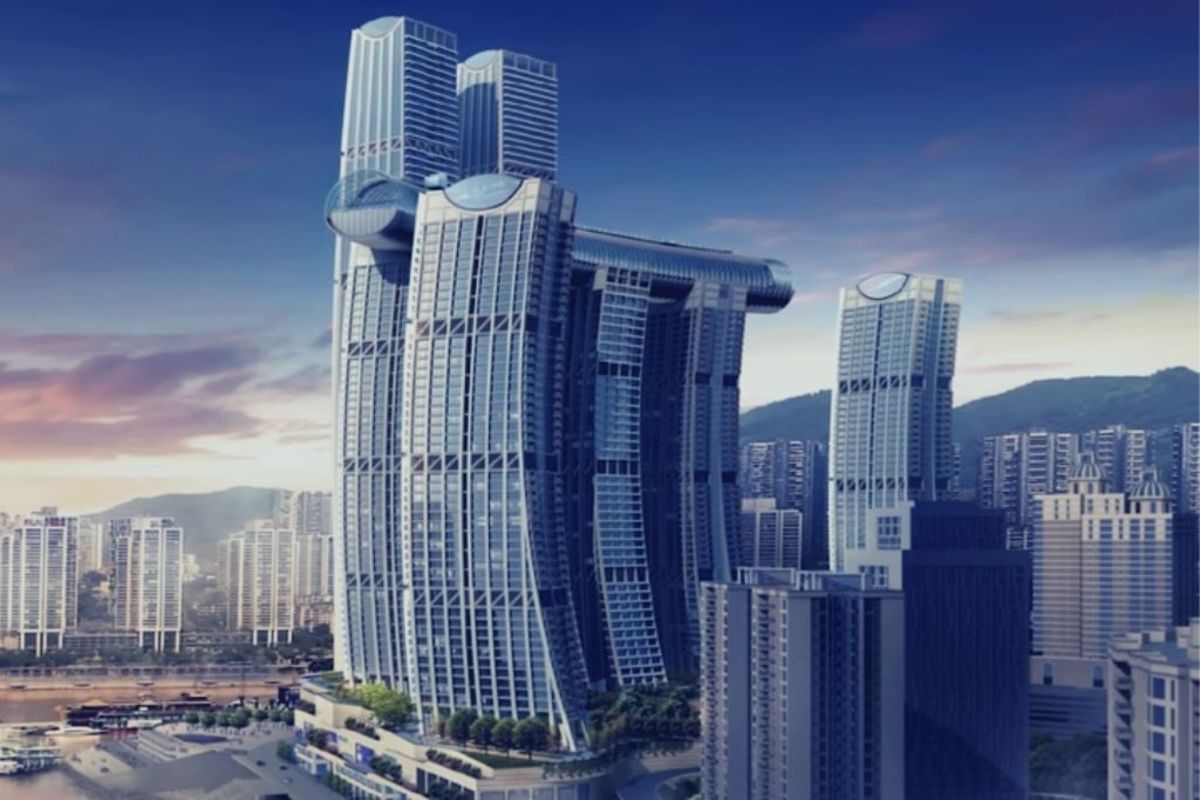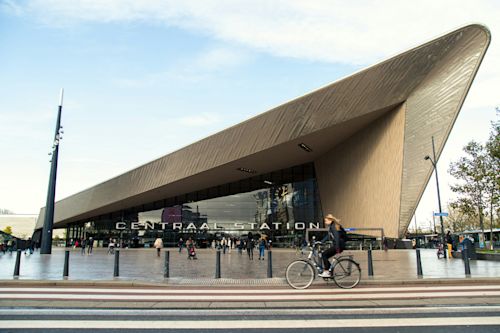
dormakaba Editorial Team

Sandrine Demas
Sandrine is a Communications Manager at SimonsVoss Technologies. She held the same position at dormakaba France for more than a decade and has over 20 years of experience in marketing, strategy, and content development.
Related articles

Architecture
Traveling Through Architecture: The World’s Most Fascinating Train Stations

Architecture
Hotelification, a Raging Trend in Workspace Design
Among the most innovative trends shaping office design is the concept of hotelification. It is revolutionizing how we conceive the workplace.

Architecture
The Symbolism of Dogs in Architectural Practices: More Than Just a Pet
More and more practices are proudly introducing their “Barkitects” (yes, that’s a thing now!). These furry team members serve as unofficial well-being ambassadors, bringing warmth and balance to a fast-paced industry.